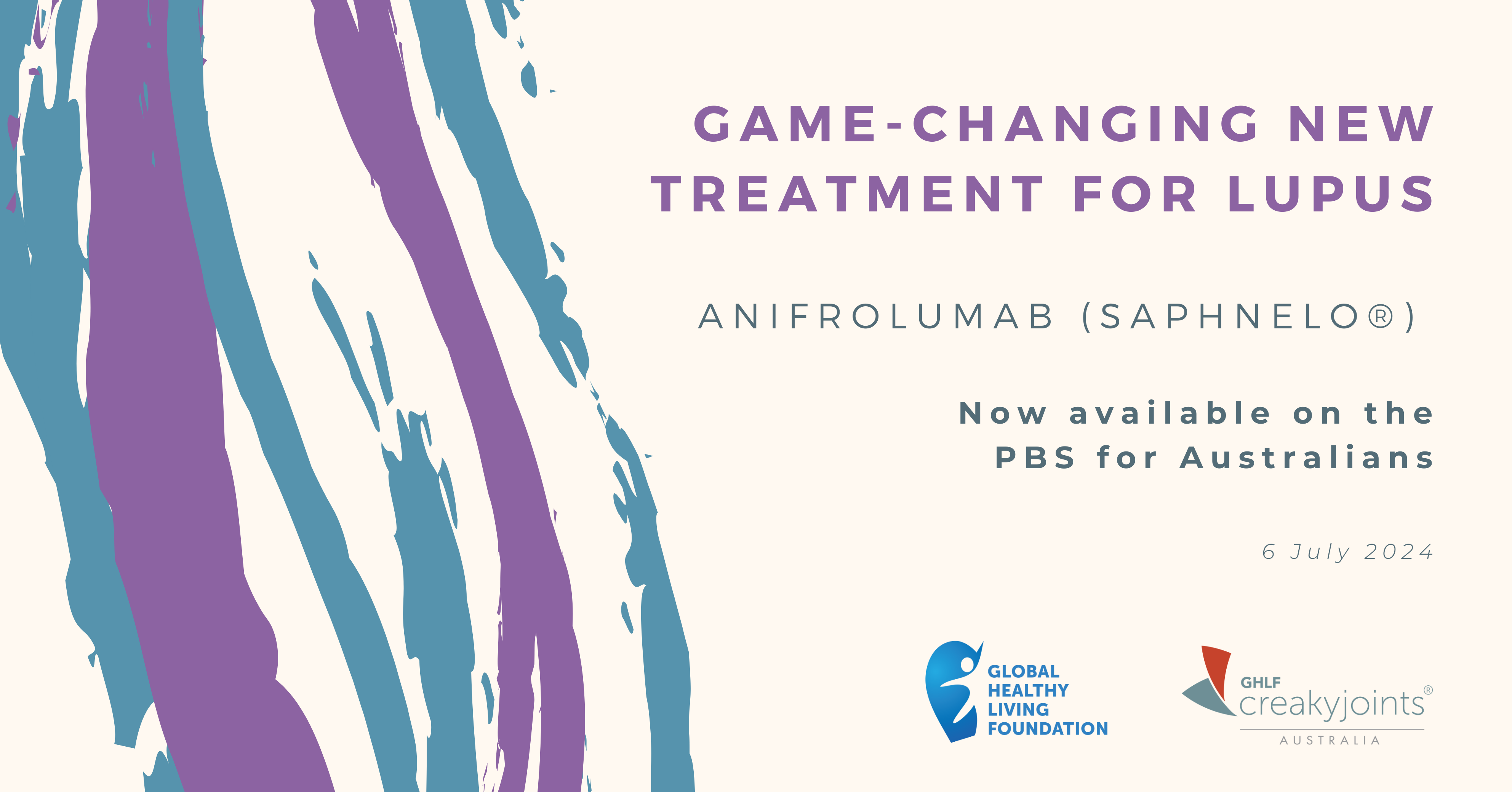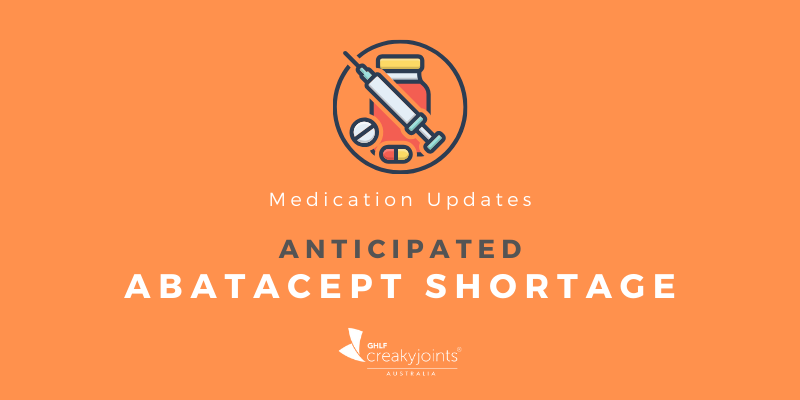

All medications and medical devices available to Australian patients through the PBS must first pass a multi-phased 17-week review process conducted by the Pharmaceutical Benefits Advisory Committee (PBAS). This process forms part of the broader health technology assessment (HTA) process.
New and innovative treatments and the intensive clinical trials that they go through come at a high cost. For the Australian Government to subsidise these treatments and minimise the cost to patients, the organisation (usually a pharmaceutical company) putting forth a product for review must supply a written submission to the PBAC detailing the benefits to patients along with the efficacy, safety and cost-effectiveness of the product.
Consumer feedback from patients, carers and other patient advocates is an important part of this review process. Although Australia is a world leader in this area, the process has become increasingly complex, especially for the consumers who have given up their time to ensure that the voice of the patient is heard at each stage.
“Over the past 10-15 years there has been an evolution in the way in which consumers can engage and participate. While the evolution has been welcomed, there is a general sense among stakeholders that the processes for engagement and participation could be further improved, to really do justice to the consumer perspective and to broaden the evidence considered by the PBAC. Internationally (including in Australia), there has been a move to accelerate regulatory processes and timelines. While this is seen to be beneficial in terms of access for patients, it brings an increase in uncertainty regarding the quantity and quality of evidence required for HTA purposes. Consequently, the patient / consumer perspectives are even more critical, as they can contribute to addressing that uncertainty.”
From the Executive Summary of the Broadening the Evidence report.
Current Consumer Involvement in the PBS Approval Process
Consumers can currently make submissions relating to a product being reviewed prior to an upcoming PBAC committee meeting near the end of the 17-week review cycle. Meetings are usually held in early March, July and November. In some cases, the PBAC may arrange a consumer hearing ahead of the PBAC meeting.
The PBAC agenda is made public 10 weeks before the next PBAC meeting. Consumer submissions are invited on the PBS and PBAC websites and are then presented by a consumer representative on the committee. CreakyJoints Australia regularly provides submissions related to arthritis treatments as they are announced. Individuals can also provide their own submissions via the forms on the websites.
The main objective of the Broadening the Evidence report was to gather insights from key stakeholders in the PBAC process and to identify current challenges and potential areas for improvement. Some of the challenges raised include:
- The complexity of the online submission form and a lack of information about how to use it.
- Inconsistencies in the way consumer hearings are organised.
- A lack of training regarding the PBAC process and the technical nature of the terminology
- A poor understanding of the role of the consumer representatives on the committee and how they can assist other consumers.
- The frustration that, although consumer submissions are acknowledged in the public summary documents released after each meeting, there is little feedback about the effectiveness of the submissions.
Report Recommendations
- The use of e-alerts to advise interested stakeholders of a product entering the PBAC process.
- Prompts for submission deadlines.
- Feedback on patient submissions.
- Consumer-friendly public summary documents.
- Masterclasses in HTA and PBAC processes.
- Valuation of evolving cancer survival outcomes (to allow for better survival rates, reduced toxicity and improved quality of life in patients using newer medications).
- Information on the product provided to advocates by the manufacturer or via an independent third party.
- Inclusion of advocates in a technical consultation prior to the PBAC meeting
- Horizon scanning (early warning of new medicines to allow more time for stakeholders to consider their position and response).
These recommendations draw from previous experiences in Australia and other countries. Some will be easier to implement than others, however, all will be given due consideration by the Department of Health and other relevant stakeholders.
How You Can Help to Increase the Voice of Patients in PBAC Decision Making
- Add your comments to future CreakyJoints Australia submissions to the PBAC or complete your own submissions online. CreakyJoints Australia will share this information whenever we can.
- Contact the Federal Health Minister or other relevant members of the Australian Parliament to share your views on current arthritis treatments and your personal stories of living with arthritis.
- Become a consumer advocate through the Consumers Health Forum or other consumer organisations in your state.
Further Resources
Broadening the Evidence report: Video summary of the nine recommendations
Pharmaceutical Benefits Scheme: Latest news
Pharmaceutical Benefits Scheme: Pharmaceutical Benefits Advisory Committee
Campaign hashtags: #BeyondtheData #Patient Voice #BroadeningtheEvidence
Disclaimer: The author travelled to the report launch in Sydney as a guest of Bristol-Myers Squibb.




